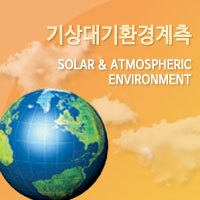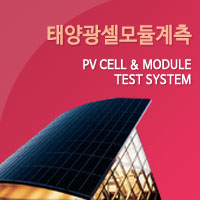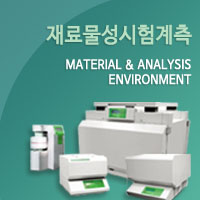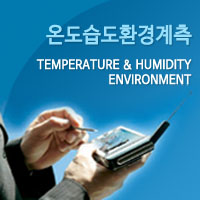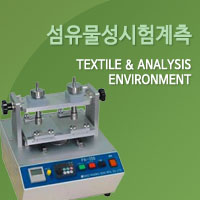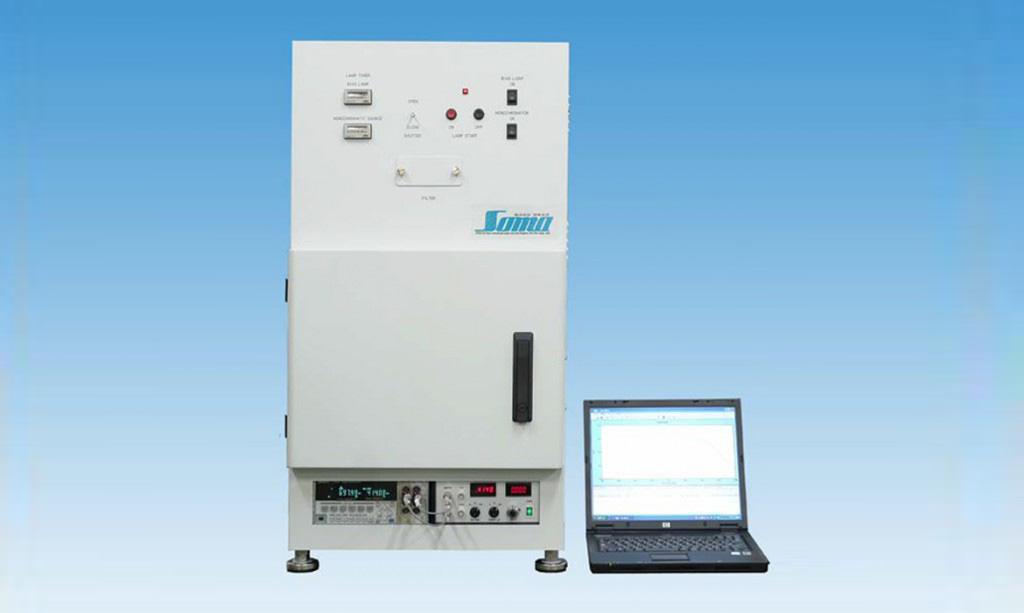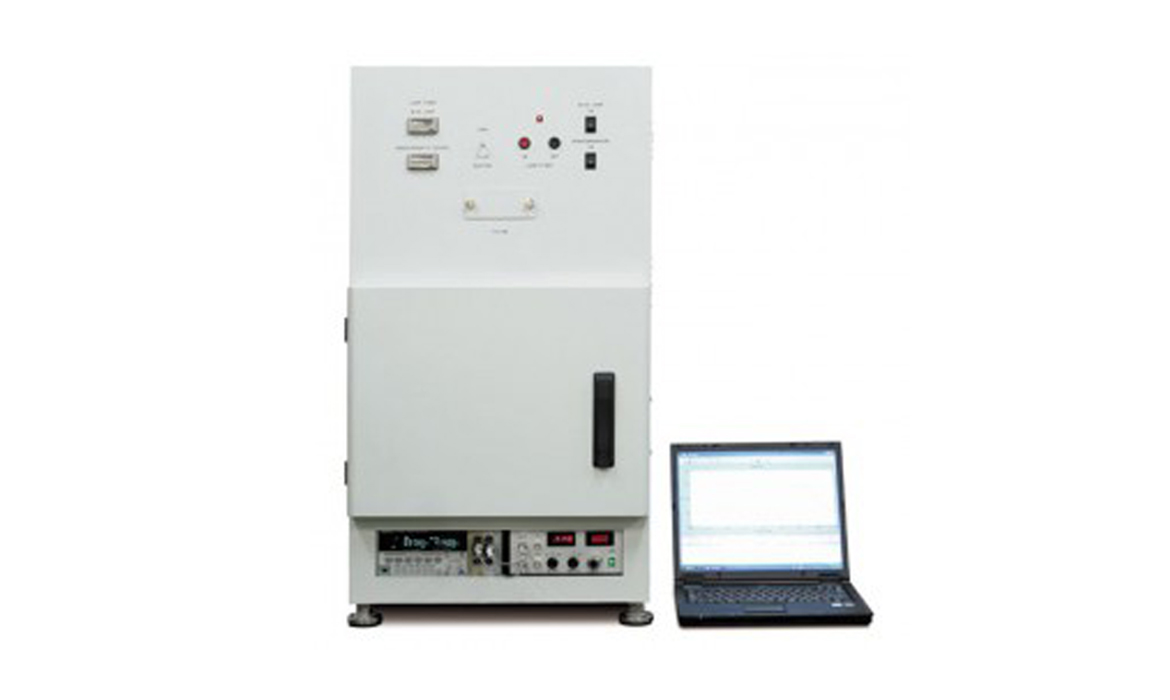프로젝트 설명
QEX10 Solar Cell IPCE
Spectral Response Measurement System Custom Configuration
태양전지평가시스템, 분광감도특성, 분광감도측정장치, Spectral Sensitivity, IPCE System
Product
The QEX10 Quantum Efficiency / Spectral Response (SR)/ Incident Photon to Current Conversion Efficiency (IPCE) Measurement System is the culmination of over 15 years of photovoltaics measurements and system design by a team dedicated to the advancement of photovoltaic device characterization.
- Turn-key solution for solar cell analysis
- Fast and easy installation
- Excellent repeatability]
- System of choice by national laboratories
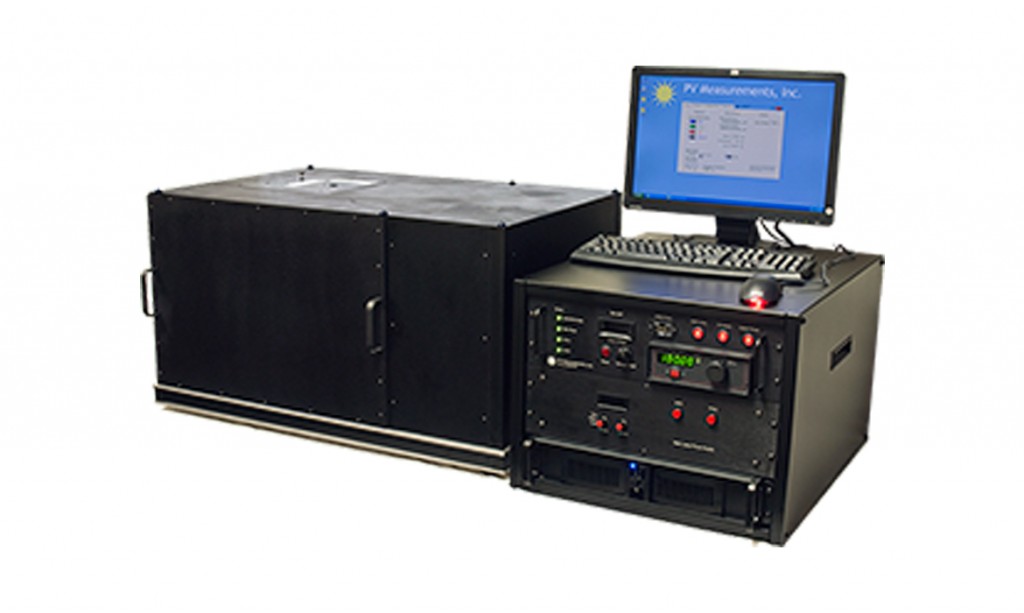
제품특징
References
The QEX10 has been used in laboratories worldwide since 2010. Here is a selection of published papers in which the QEX10 Solar Cell Quantum Efficiency Measurement was used.
Feature Rich Measurement System
- Mature product – over 300 QE systems in the field
- Excellent repeatability
- Accurate measurements
- Built-in light bias and voltage bias
- Light bias current capability up to 150 mA
- ASTM E 1021-06 and IEC 60904-8 compliant
- Light bias capability up to 150 mA
Basic System Features
- User changeable monochromatic light spectral bandwidth
- Monochromatic probe light with 300 nm to 1100 nm wavelength range
- Selectable wavelength interval (default 10 nm)
- Dual grating monochromator with computer control
- Filter wheel with order-sorting and stray light attenuation filters
- Calibrated reference photodiode, NIST traceable (one step)
- Line filter for wavelength calibration verification
- Voltage bias capability ± 3.0 V
- Computer system with easy-to-use graphical user interface
- Data saved in text files for easy import into spreadsheets
- Simultaneous measurement of device signal and light intensity
- White bias light source (up to 5 suns) with filter options
- Chopping speed 4 Hz to 200 Hz (1.3 Hz optional)
- Measures Si cells in less than 3 minutes at 10 nm interval
- Calculates Jsc estimate using reference spectrum AM1.5G or a spectrum of your choice
- Complete scan in less than 45 seconds for 12 wavelengths (minimum required for ASTM E 1021-06)
- Customer training at PV Measurements, Inc. headquarters in Boulder, Colorado, USA
- Instruction manual
- Spare lamps
Get precision quantum efficiency measurements of a wide variety of solar cells the day of delivery with PV Measurements’ turn-key Quantum Efficiency systems.
Configure Your System
The QEX10 Solar Cell Quantum Efficiency / IPCE / Spectral Response Measurement System has a variety of large variety of options and accessories. The table below gives an overview of many of the available options at a glance. Please select your type of device below to see which options we consider necessary for good measurements and which additional options we consider useful for your devices. Our measurements specialists can help you configure the system that is best for your research. The lines of the table are various options and the columns are types of test devices.
The presence of a check box in a cell in the table means that we believe that option is relevant for your research but if your are on a tight budget, it may be a good idea to plan on purchasing that option later. If the box is checked, this option is a basic requirement for most researchers working on your device type.
General Description
The QEX10 uses a xenon arc lamp source, monochromator, filters and reflective optics to provide stable monochromatic light to a photovoltaic test device. A broadband bias light also illuminates the test device to simulate end-use conditions. The system uses a detection circuit designed to maximize measurement speed and accuracy for solar cell development.
Multi – Junction Quantum Efficiency Measurements
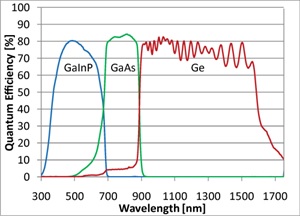
Bias your solar cell to simulate end use conditions, measure multi-junction solar cells or measure differential quantum efficiency.
The QEX10 bias light illuminates a region on the sample approximately 1.5 cm in diameter with stable, broad-band bias light adjustable from 0 to 1.5 sun intensity. Bias your solar cell with up to 5 suns intensity over a 7 mm diameter region with the included focusing optics.
The included holder for 25 mm diameter optics enables the use of easily available optical filters to customize the bias light spectrum. PV Measurements also offers accessories to facilitate application of spectrally-selective bias light for multi-junction solar cell measurements, including multi-colored LED bias lights. The correct bias lighting along with the correct voltage bias can allows the discerning scientist to make accurate measurements of each of the individual junctions in a multi-junction measurements.
High repeatability
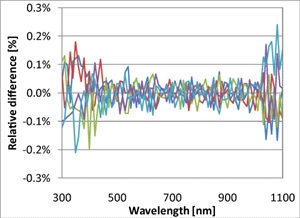
The basic solar cell quantum efficiency measurement system wavelength range is 300 nm to 1100 nm. Repeatability is better than ±0.2 % in the 400-1000 nm range and better than ±0.4 % in the 300-400 nm and 1000-1100 nm ranges for p-n junction solar cells.The intensity of any light source will vary with time. The QEX10 performs simultaneous measurements of the device signal strength and the probe light intensity, minimizing the chance for noise from lamp intensity variations from appearing in measurement results.
The probe beam spectral bandwidth is approximately 5 nm. Narrower or wider bandwidth can be obtained by adjusting the monochromator slits. The measurement interval is selectable and is set to 10 nm as a default. The graph on the left shows the relative difference between 5 measurements done on a single crystal Si sample and the average of those measurements. The measurement interval is selectable with a default of 10 nm.
Calibration
The system includes a reference photodiode that is calibrated for spectral response and one step away from a NIST calibrated photodiode. A simple scan of the reference photodiode calibrates the QEX10 Quantum Efficiency System’s optical path and measurement electronics. The multi-channel measurement digital data acquisition system and monitor photodiode then ensure that the system calibration is accurate through the measurement session. We recommend calibrating the QE system at the start of each measurement session to maximize accuracy.
Reflective Optical Path
There are no refractive focusing optics in the main beam path of the QEX10. This avoids chromatic aberrations, enabling the probe beam size to be uniform at all wavelengths. This ensures that any measured features are due to material characteristics of the device as opposed to grid lines, device boundaries or other non-uniformities in the device near the probe beam. Focused beam size is about 1 mm x 5 mm independent of wavelength.
Monochromatic Light Modulation
The QEX10 spectral response measurement system uses an adjustable mechanical chopper to modulate the light at rates between 4 Hz and 200 Hz (1.3 Hz to 50 Hz range optional). Solar cells with long response times require slower chopping speeds for accurate measurements, whereas faster devices can be measured with higher chopping speeds. Overall measurement speed is proportional to the beam modulation frequency. The DC Mode Option adds the capability to measure with unmodulated light.
DC & Low Frequency Measurement Modes
Some device types, including Dye Sensitized Solar Cells (DSSC or DSC), respond slowly to modulated light. For some devices, even the standard minimum modulation frequency of 4 Hz may not be slow enough to produce accurate measurement results. Therefore, it is often useful to measure these devices with the optional slower modulated light at 1.3 Hz or DC light. The built-in oscilloscope function can help the scientist determine the appropriate light modulation and bias light level for the desired test. This ensures accurate measurement of the spectral response and increases understanding of charge transport mechanisms. QEX10 systems containing the DC Mode Option enable the scientist to quickly switch between AC and DC modes to gather the maximum amount of information from their IPCE/QE scans.
Reflectance & IQE
The Reflectance and IQE option includes the unique PV Measurements integrating sphere, optimized for solar cell measurements. The sphere is designed to more accurately account for both diffuse and specular reflections. This is a very important consideration for devices with surface texture, haze, or granular film structure. This results in more accurate Internal Quantum Efficiency (IQE) data.
The QEX10 Simultaneous IQE (SIQE) option enables simultaneous measurement of specular reflection and EQE to deliver faster IQE data. This option is useful for smaller devices and those with specular surfaces.
Computer & Software
The system operates automatically under the control of a computer with a Microsoft Windows™ Operating System and custom software written with National Instruments’ LabVIEW™. The system software controls the equipment, gathers the instrument readings, and maintains the calibration information. It provides a graphical user interface, allowing the operator to easily and quickly specify tests to be performed, monitor test progress, and produce clear and informative test reports. The software saves the data in tab-delimited text format for simple import to graphing or other data analysis software.
Test Fixtures
The QEX10 can measure such a wide variety of different types of solar cells that no single test fixture design is suitable for all of them. Therefore, a test fixture is not included although ordering one is recommended. PV Measurements offers a variety of vacuum and clamp test fixtures to hold and contact test devices. Temperature control capability up to 125 °C is an option for some test fixtures.
X-Y Scanning
Using the X-Y Scanning accessory, one can scan the entire surface of a solar cell up to 150 mm x 150 mm dimensions (customization for larger scanning areas is available). This accessory reveals spatial variations in the response of solar cells as a function of wavelength. Using this accessory, the user can scan the QE of the test device at any wavelength or at a set of wavelengths in the system’s range. After locating regions of concern, the user can perform more-resolved spatial and QE measurements to help diagnose device responsivity issues.
Facility Requirements
The QEX10 requires 115 VAC, 10 A or 230 VAC, 5 A, 50 Hz to 60 Hz (please specify voltage and frequency with your order) and a sturdy table at least 1.5 m wide and 0.7 m deep (optical table not needed). The equipment is expected to operate in an environment with little dust, temperature between 20 °C and 27 °C, no organic vapors or corrosive fumes, and relative humidity < 60 %.
Individual systems may vary in appearance,components, and features.
Measure the response of any solar cell
Measure the quantum efficiency of any type of solar cell, including:
- Mono crystalline silicon solar cell (Si)
- Multi crystalline silicon solar cell (mc-Si)
- Amorphous silicon solar cell (a-Si)
- Gallium arsenide solar cell (GaAs)
- Gallium indium arsenide solar cell (GaInAs)
- Gallium aluminum arsenide solar cell (GaAlAs)
- Gallium indium phosphite solar cell (GaInP)
- Cadmium telluride solar cell (CdTe)
- Indium phosphite solar cell (InP)
- Zinc oxide solar cell (ZnO)
- Copper indium selenide solar cell (CIS)
- Copper indium gallium selenide solar cell (CIGS)
- Dye sensitized solar cells (DSSC) or DSC Dye sensitized cells
- Inorganic solar cells
- Organic solar cells
- Polymer solar cells
- Single junction solar cells
- Multi junction solar cells
- Substrate solar cells
- Superstrate solar cells
Individual systems may vary in appearance,components, and features.


